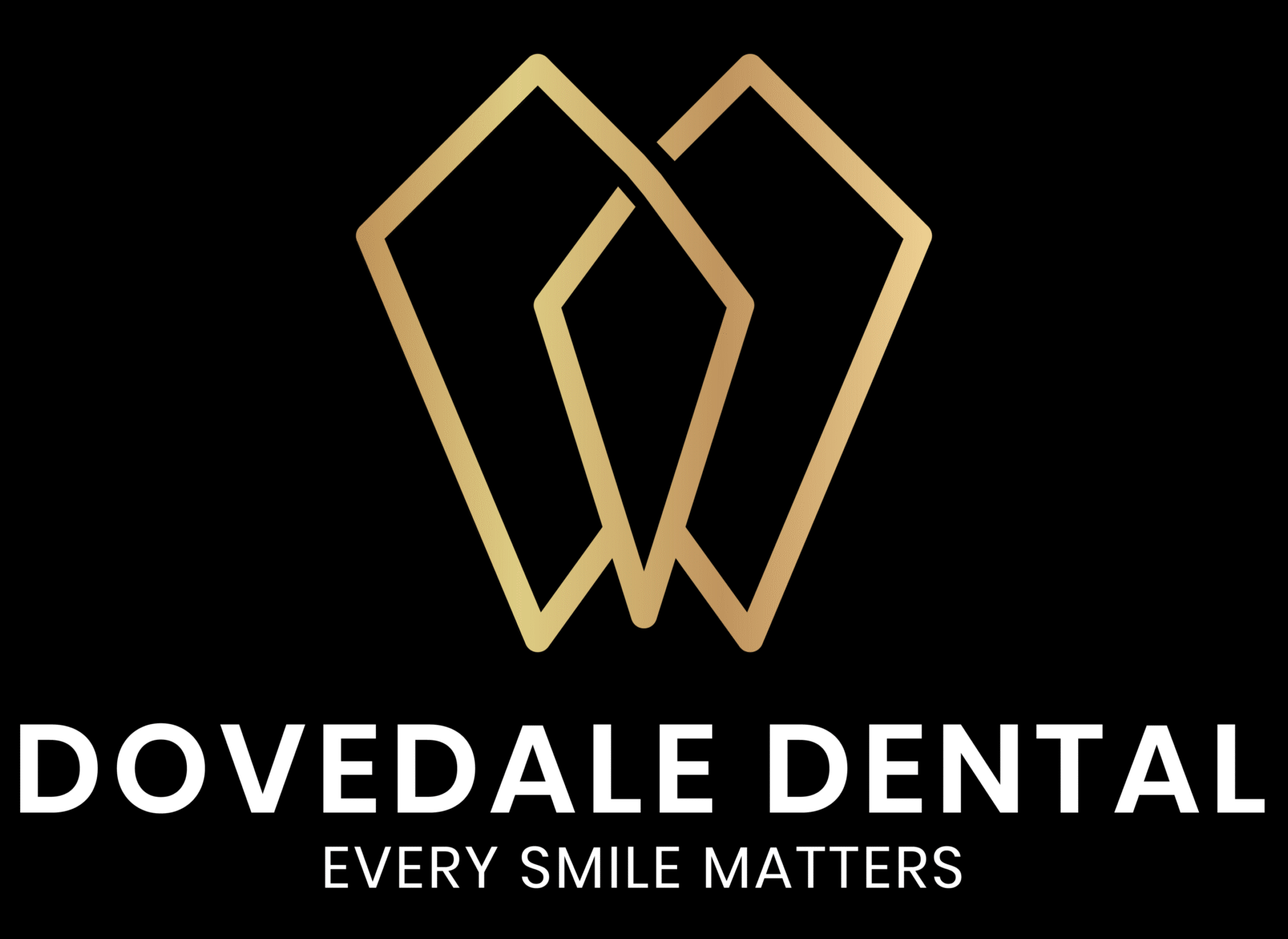Dental Bridge
Replacing a missing tooth, or several missing teeth, with a dental bridge is one of the best things you can do for your smile, confidence, and day-to-day comfort. A well-fitted bridge not only restores the natural look of your teeth but also supports proper function when eating, speaking, and smiling.
Our custom-made dental bridges are designed to be strong, long-lasting, and cosmetically pleasing. Love your smile again, thanks to dental bridges.
What is a Dental Bridge?
A dental bridge is a fixed dental restoration that literally “bridges the gap” left by one or more missing teeth. It is made up of one or more artificial teeth (called pontics) that are anchored securely to the natural teeth or implants on either side of the gap.
Today’s bridges are lightweight, durable, and carefully designed to blend seamlessly with your natural teeth – making them almost impossible to tell apart from the real thing.
What to Expect from a Dental Bridge
During your initial consultation, we will discuss your options for replacing missing teeth and explain the benefits of each. It’s important to us that patients feel fully informed about their treatment, particularly as tooth replacement can have a life-changing impact.
We will take digital scans, impressions (moulds), and photographs to ensure the bridge is designed with a high level of precision. Usually, it takes 2–3 visits, spaced a couple of weeks apart, to prepare the supporting teeth, fit a temporary bridge, and finally secure your permanent bridge in place. At your final visit, we’ll check that the bridge fits comfortably, your bite is correct, and that the aesthetics match your expectations.
What Types of Dental Bridges are Available?
We offer several types of bridges, depending on your needs:
Traditional Bridge – supported by crowns placed on the teeth adjacent to the gap.
Cantilever Bridge – used when there is only one natural tooth next to the space.
Maryland Bridge – uses a metal or porcelain framework bonded to the back of neighbouring teeth.
Implant-Supported Bridge – secured by dental implants for added strength and stability.
We’ll recommend the best type of bridge for your individual case.
Why Choose a Dental Bridge?
Replace missing teeth without surgery.
Restore your ability to chew, bite, and speak naturally.
Prevent surrounding teeth from shifting out of place.
Enhance facial balance and give your smile a fuller appearance.
Long-lasting and less expensive than implants.
Aftercare
Some aftercare tips to follow after getting a dental bridge include:
Brush and floss daily, especially around the bridge and under the false tooth.
Use a floss threader or interdental brush to keep the area clean.
Avoid chewing very hard foods on your bridge.
Visit us regularly for dental check-ups and professional cleaning.
If you experience any discomfort or looseness, book an appointment for adjustments.
With the right care, a dental bridge can last for many years, giving you a strong, natural-looking smile.
FOR MORE INFORMATION REGARDING THIS TREATMENT
Get in touch
Dental Bridge Overview: Types, Process, Pros & Cons
- What it is : A fixed dental prosthesis used to replace one or more missing teeth by spanning the gap between existing teeth or implants. It consists of artificial teeth (pontics) held in place by crowns on the adjacent natural teeth (abutments) or implants.
- Types : Traditional (most common, uses crowns on adjacent teeth), Cantilever (attached to one abutment tooth), Maryland (uses metal or porcelain wings bonded to the back of adjacent teeth), Implant-supported (supported by dental implants instead of natural teeth).
- What to expect : Similar to crowns, it typically involves two appointments.
- Appointment 1 : Abutment teeth are prepared, impressions taken, and a temporary bridge placed.
- Appointment 2 : Temporary bridge removed, permanent bridge cemented.
- Pros : Restores chewing ability and speech, prevents adjacent teeth from shifting, maintains facial structure, generally quicker to complete than implants.
- Cons : Requires preparing (grinding down) healthy adjacent teeth, abutment teeth are susceptible to decay or nerve issues, shorter lifespan than implants (10-15 years usually).
- Risks : Decay of abutment teeth, nerve damage in abutment teeth (requiring root canal), fracture of the bridge, gum inflammation, ill-fitting bridge can trap food and bacteria.
- Benefits : Effective solution for replacing missing teeth, relatively quick.
- Post-operative instructions:
- Follow similar instructions for crowns regarding temporary and permanent bridge care.
- Maintain excellent oral hygiene, paying special attention to cleaning under the bridge with floss threaders or water flossers.
- Avoid very hard or sticky foods that could dislodge or damage the bridge.
- Report any discomfort or issues to your dentist.
